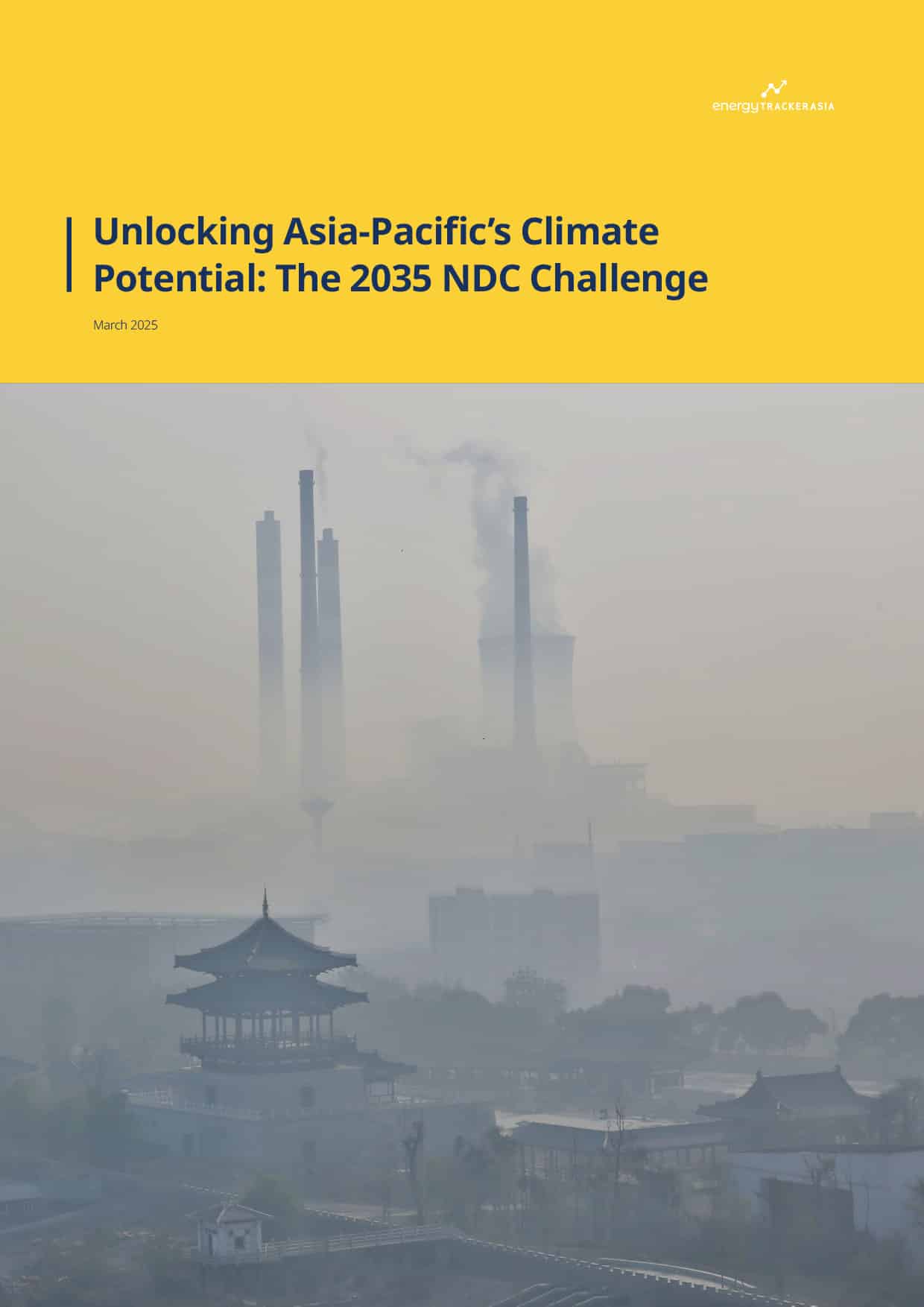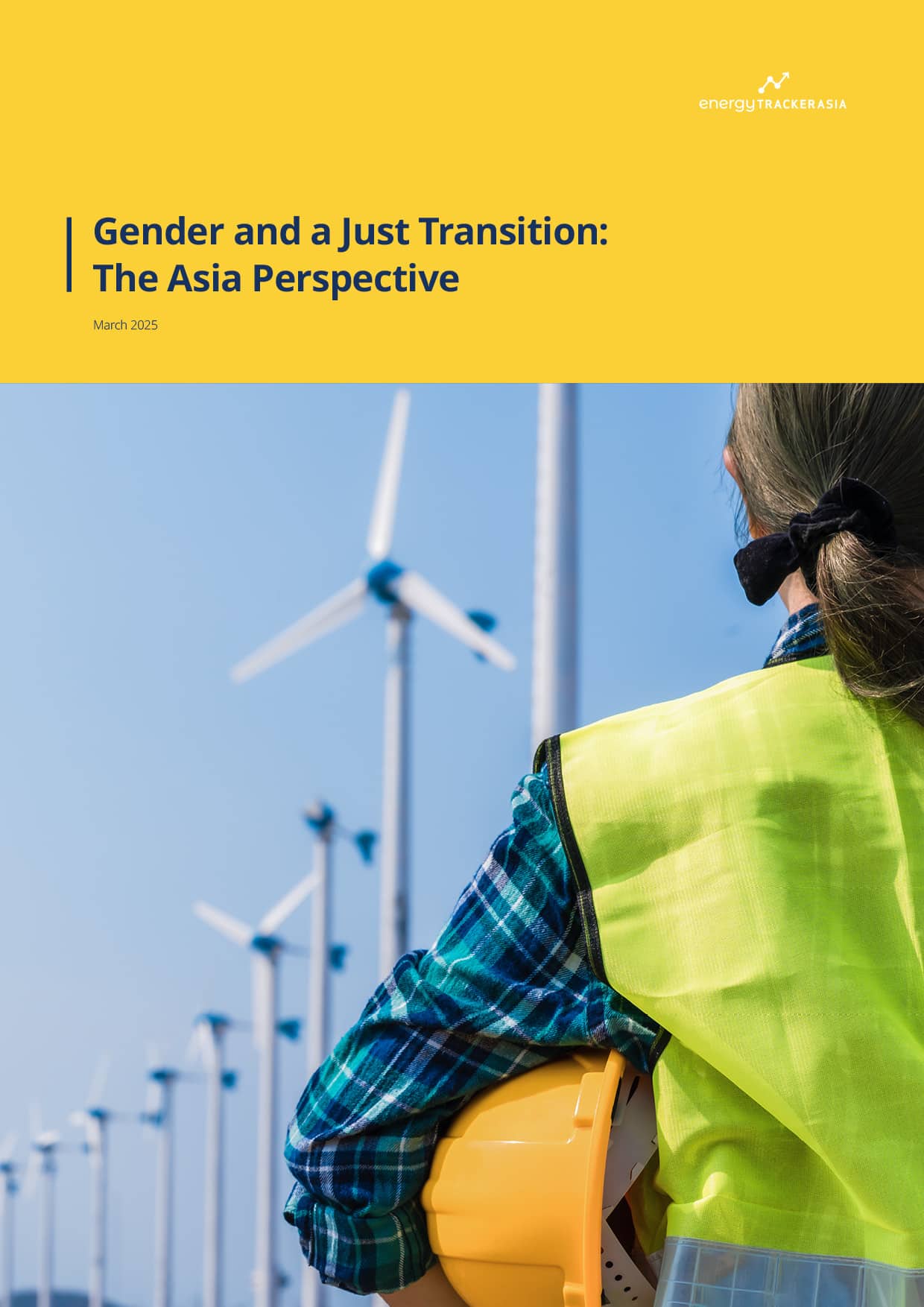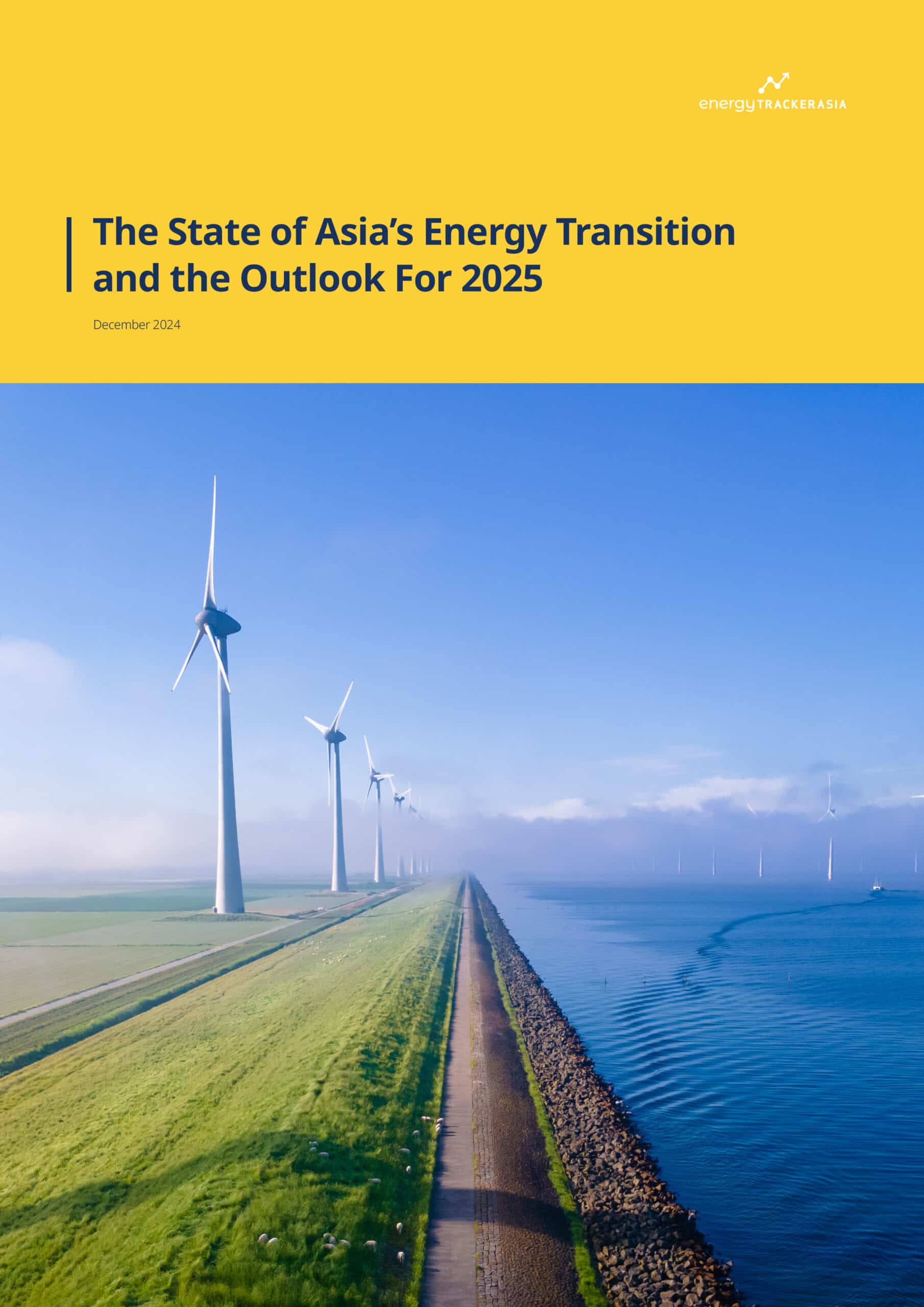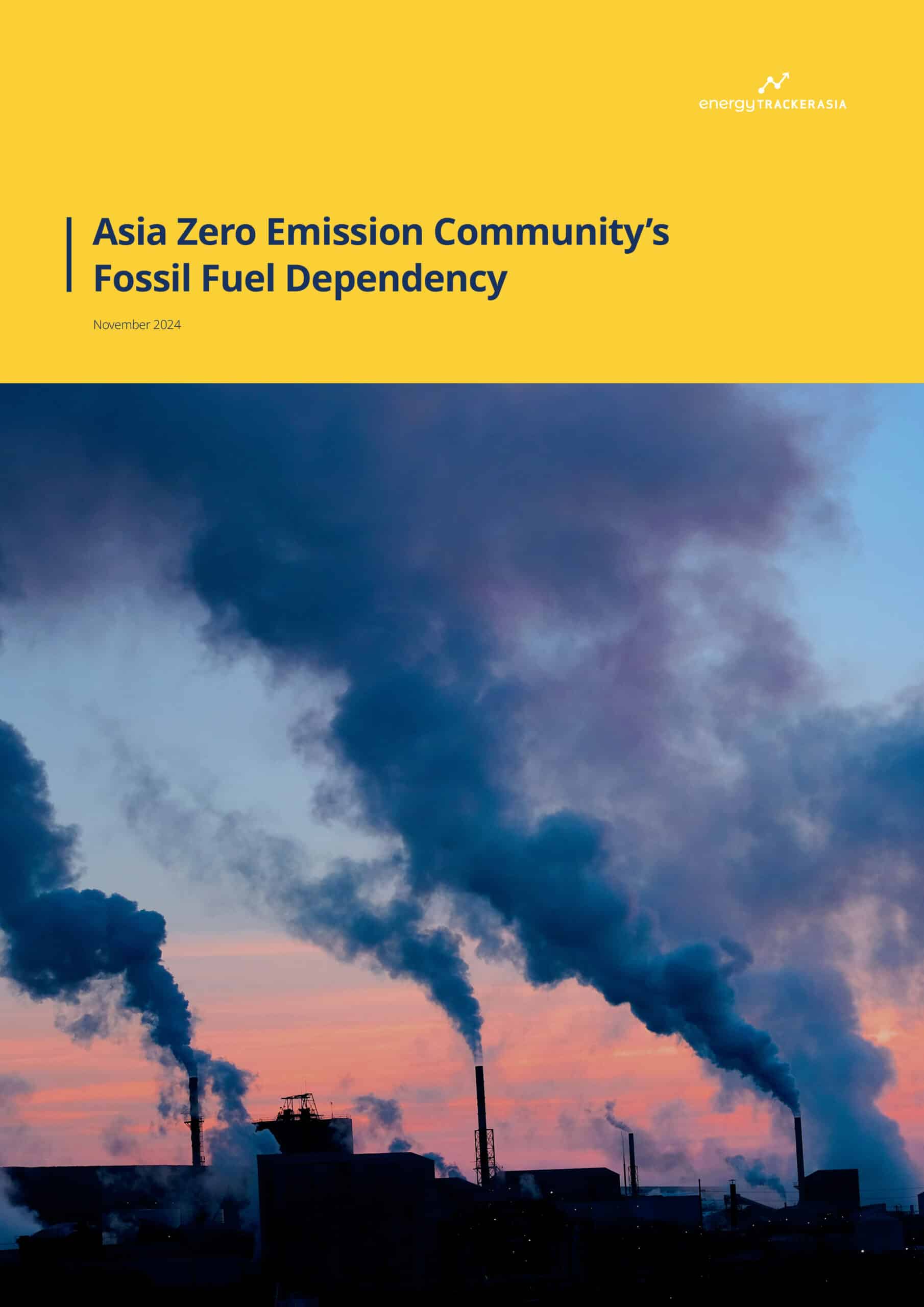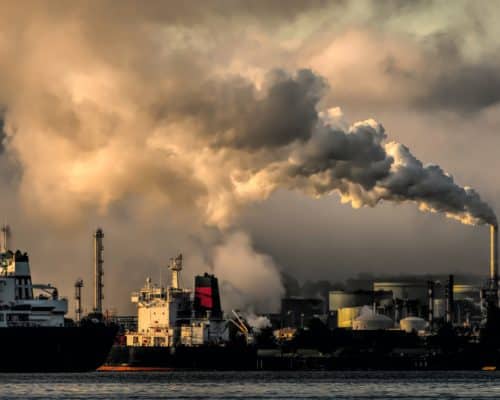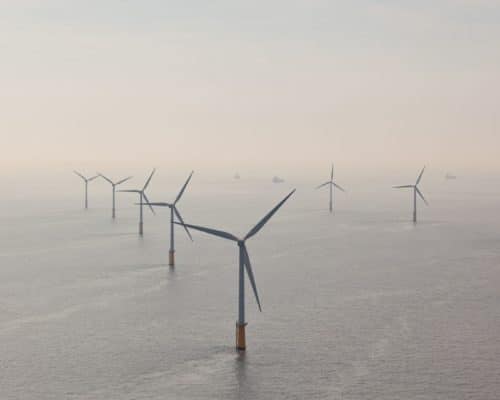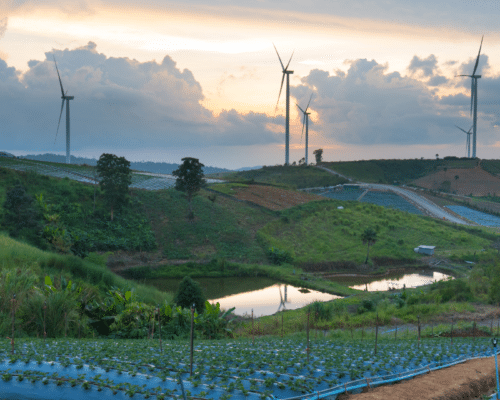Philippines LNG Imports Costing Households Billions
23 July 2025 – by Viktor Tachev
Despite the abundant renewable energy potential and the cost-saving power that solar promises, the Philippines plans to increase LNG imports. Experts warn that the move risks increasing electricity prices for consumers, undermining energy security and further delaying the decarbonisation of the country’s power sector. At the same time, the Philippines has solid renewable energy market fundamentals and access to affordable green technologies from the region, which can provide an immediate and effective solution to the nation’s rising power demand, high electricity costs and fuel import dependence. Taking advantage of this, however, requires policy reforms, more ambitious clean energy targets and increased support for project developers.
As Domestic Gas Supply Dwindles, the Philippines Is Looking Toward LNG Imports
The Philippines Energy Plan (PEP) 2023-2050 envisions gas as a transition fuel in the coming decades, aiming for five to seven times more capacity by 2050. As a result, the share of gas in electricity generation will reach almost 35%.
After analysing the Philippine government’s energy plans, Zero Carbon Analytics, an international climate and energy research organisation, estimated that the country will increase LNG imports by 508% between 2025 and 2029 as a response to the declining domestic gas supply. The reference scenario in the Philippines’ power development plan sees LNG imports jumping from zero in 2022 to 24.3 million tonnes of oil equivalent by 2050.
While the country started LNG imports in 2023, it is now accelerating its plans. In March 2025, it agreed a deal for 8 million tonnes over the next 10 years, and is also considering importing LNG from Alaska.
Costly Gas Infrastructure
Currently, the Philippines has eight projects that could increase import capacity by nearly 200%, accounting for almost half of Southeast Asia’s total. This would make it the country with the biggest LNG import capacity in the region, with 30.2 mtpa. It is also actively investing in offshore terminals and floating storage projects, which are known to have higher operating costs.
“This investment locks the Philippines into a fuel that is neither cheaper nor cleaner than renewable energy. LNG is not a true ‘transition’ fuel,” warns Giancarlo Enriquez, energy program lead at The Climate Reality Project Philippines, in an interview for Energy Tracker Asia. “While limited LNG imports may be necessary to support the existing fleet of gas plants, expanding LNG infrastructure on a large scale, which may end up as stranded assets, risks locking the Philippines into a costly, volatile, and fossil-dependent energy future,” the expert adds.
A Costly Move that Threatens Energy Security
Zero Carbon Analytics warns that despite the narrative that importing LNG will strengthen energy security, it risks doing the exact opposite. Besides undermining energy security, it would also incur high energy costs due to price volatility, shipping route disruptions, LNG cargo diversions and currency concerns.
Asian LNG projects under development in the Philippines already had to deal with the issue of securing the supply for planned projects at competitive levels in the past. The 2022 energy crisis demonstrated that sellers can often divert LNG cargoes to the highest bidder, including cancelling shipments intended for Asia and sending them to Europe instead.
While global LNG prices are projected to fall in the next few years, theoretically making LNG more affordable, Zero Carbon Analytics’ experts warn that price volatility could remain an issue. This is especially the case on spot markets, where sudden changes can impact affordability and availability for markets without long-term contracts that would be forced to enter into bidding wars to secure deliveries.
The Philippines is a prime example of this uncertainty, and pushing ahead with the LNG import plans will only exacerbate it further. Reuters reports that in 2024, the Southeast Asian nation received 19 cargoes of LNG, all of which were on a spot basis. None of the importers had long-term deals to import LNG, leaving the country exposed to spot market volatility and uncertainty about whether the cargoes would ever arrive.
“Relying heavily on imported LNG exposes the country to price shocks, undermining efforts to build a more affordable and sustainable energy future,” explains Enriquez.
However, LNG imports remain a threat to energy security, even in cases where long-term contracts are present, as evidenced by the case of Pakistan. Even though the government had negotiated a contract, commodity traders basically cut the country’s energy supply by breaking the agreements to seek higher profits in Europe.
In October 2024, four cargoes intended for Asia were rerouted, followed by another seven in November. In Q1, 2025, at least 10 additional shipments were diverted. Ultimately, these developments resulted in upward pressure on LNG prices in Asia.
According to Enriquez, Pakistan’s overreliance on LNG, which resulted in severe energy insecurity and skyrocketing power costs and the immediate reaction of the government, offers a lesson for the Philippines.
“In 2023, the Pakistani government decided to stop building liquefied natural gas-fired power plants due to extreme price volatility. The country shifted its focus to renewables and is currently the sixth-largest solar market in the world.”
Furthermore, the IEEFA has previously warned that LNG in the Philippines should be a last resort fuel due to the USD 14 billion in stranded asset risk of LNG-to-power infrastructure and the relatively low feasible investment in new LNG infrastructure in the country. This has already happened in Japan, which overbuilt its LNG infrastructure.
“As domestic demand declined, it was left with stranded assets,” Enriquez explained.
LNG Imports to Cost Filipinos Billions in Increased Electricity Prices
Historically, the Philippines has been dealing with some of the highest electricity rates in Asia, including between 25% and 87.5% higher than those of its ASEAN neighbours.
Experts now warn that the new LNG import capacity projects will further exacerbate the problem. The total capacity in the pipeline will cost around USD 4.2 billion — the second-highest bill in the region after Vietnam. The annual LNG import costs will triple between 2025 and 2029, from USD 348.2 million to USD 1.12 billion per year. As a result, they will hit USD 3.9 billion over that period.
Furthermore, generation costs comprise a significant portion of the electricity bill in the Philippines, accounting for up to 56% for non-subsidised users and low-income households as of April 2025. Importantly, existing policies allow fuel costs, foreign exchange fluctuations and generation costs to be directly passed on to end users. While this has been the case for years already, experts warn that this time, it won’t be any different, with Filipino households and businesses about to bear the economic strain.
“In the Philippines, power producers and distributors can shift the burden of global fossil fuel price fluctuations directly onto consumers through the automatic fuel pass-through provision in power contracts,” Enriquez explains. “LNG is a globally traded, price-volatile fuel, and every time global fossil fuel prices rise, it is the average household or local businesses that absorbs the higher costs, not the companies profiting from fossil fuel imports.”
Zero Carbon Analytics estimates that costly LNG imports and the construction of expensive new facilities could increase power generation costs by 11-24%, resulting in higher electricity bills for households and industrial consumers in the country.
Renewables as a Cheaper, Cleaner and More Secure Alternative to Liquefied Natural Gas
“To build a secure and sustainable energy system, the Philippines should avoid new LNG investments and begin planning for a phased transition away from gas. The government’s focus should be on accelerating renewable energy deployment, modernising the power grid and scaling up energy storage,” advises Enriquez.
There are signs that authorities in the Philippines are already concerned about the high prices of LNG imports, as evidenced by recent encouragement for importers to voluntarily aggregate their purchases to lower costs.
The 2025 Summit on the Future of Energy Security held in April 2025 ended with a clear message for countries to scale up clean technologies that provide “opportunities to diversify energy supply, harness domestic resources, reduce import dependency and protect billpayers from volatile fossil fuel markets.”
The Philippines is a case in point. According to Bloomberg NEF, utility-scale solar is already the cheapest source of bulk electricity generation in the Philippines, and this year, a new solar power plant paired with a four-hour battery-based energy storage system will become cost-competitive against a new coal and gas power plant. Onshore wind is on course to become the second-cheapest source of power generation by 2028.
The LCOE for a new utility-scale solar project in the Philippines today ranges from USD 35 to 72 per MWh. For reference, the LCOE for a combined gas-cycle turbine is USD 87-105 per MWh and USD 87-117 per MWh for a coal power plant.
“Bloomberg NEF estimates the LCOE for new combined-cycle gas turbines in the Philippines to be almost twice the cost of solar. Unlike gas, renewables draw from domestic sources, offering more stable pricing,” notes Enriquez.
According to Zero Carbon Analytics, the Philippines has sufficient renewable energy potential to meet its future electricity demand, enabling it to generate nearly 350 TWh of renewable power annually. The country’s clean energy potential is estimated at up to 178 GW for offshore wind and 122 GW for solar PV.
Still, the share of wind and solar in the energy mix is just 3.8% — a quarter of the global average of 15%. In 2024, the nation relied on fossil fuels for 79% of its electricity. Over the past two decades, the Philippines’ power sector emissions have tripled.
Zero Carbon Analytics’ experts argue that scaling up renewables is the most economically viable pathway for the Philippines to increase its energy supply, viewing 2025 and the NDC submission as pivotal for the country to accelerate the decarbonisation of its power sector.
The Philippines aims for 35% renewable electricity by 2030, which is below the global share of the 60% that the IEA Net Zero Emissions scenario recommends. Fortunately, the country has stable clean energy market fundamentals, enabling it to pledge and achieve more ambitious targets. Currently, it ranks second among all emerging markets analysed in BloombergNEF’s Global Climatescope 2024. While in 2021, it took the 30th position, ambitious policies such as auctions, feed-in tariffs, net metering schemes, tax incentives and limited restrictions on foreign ownership have dramatically improved the investment environment and turned the country into one of the most attractive emerging markets for renewable energy.
Seizing the Opportunities of Renewables Is at an Arm’s Reach But Giving Up LNG Imports Remains Crucial
According to Zero Carbon Analytics, LNG isn’t an attractive option for Southeast Asian countries, as it can’t guarantee energy security in terms of offering security of supply, affordability and protection from price volatility that renewables can. These negatives build on the environmental and social implications of LNG infrastructure development in the country, which Energy Tracker Asia has previously reported on.
“Overinvesting in LNG not only exposes the country to global price shocks but also diverts critical resources away from renewable energy development,” adds Enriquez.
Some countries in the region, such as Malaysia, have already started to take measures to protect their economies against LNG import-related risks. Vietnam has long been prioritising investments in renewables, which have helped the country avoid USD 1.7 billion in fossil fuel import costs between January and June 2022.
The Philippines has also experienced the cost-cutting advantages of solar power, which enabled it to save around USD 78 million in 2022, despite representing just 1.7% of its power generation. Furthermore, consumers enrolled in the government’s Green Energy Option Program (GEOP) who opted to purchase their electricity directly from renewable power plants have saved around USD 1.24 million since 2021.
The Philippines has everything needed to shield its economy and consumers from high fossil fuel import costs — from vast clean energy potential and solid renewable market fundamentals to blueprints from other ASEAN peers and access to affordable solar, wind and battery technologies from China and the region. Whether it utilises its options remains a question of political will.
by Viktor Tachev
Viktor has years of experience in financial markets and energy finance, working as a marketing consultant and content creator for leading institutions, NGOs, and tech startups. He is a regular contributor to knowledge hubs and magazines, tackling the latest trends in sustainability and green energy.
Read more

